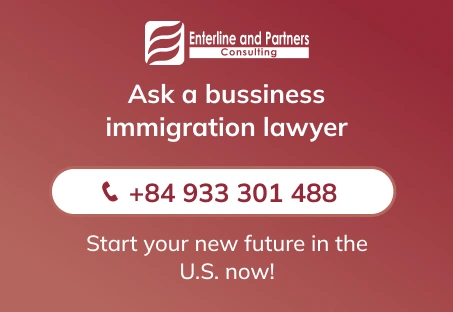The United States Citizenship and Immigration Services (USCIS) announced clarification for F-1 visa students completing degrees in science, technology, engineering and mathematics (STEM) participating in an Optional Practical Training Extension (OPT).
 In a document dated August 17, 2018 posted on the USCIS website, the Department of Homeland Security (DHS) clarified that participants of the OPT for STEM may engage in a training experience that takes place at a site other than the employer’s principal place of business as long all of the training obligations are met, including the existence and maintenance of a bona fide employer-employee relationship between the employer and the student.
In a document dated August 17, 2018 posted on the USCIS website, the Department of Homeland Security (DHS) clarified that participants of the OPT for STEM may engage in a training experience that takes place at a site other than the employer’s principal place of business as long all of the training obligations are met, including the existence and maintenance of a bona fide employer-employee relationship between the employer and the student.
DHS will review whether there is a bona fide employer-employee relationship between the STEM OPT student and the employer signing the Training Plan for STEM OPT Students (Form I-983). They will also verify that the employer that signs the Training Plan is the same entity that: (1) employs the STEM OPT student and (2) provides the practical training experience. As per USCIS, to establish a bona fide employer-employee relationship, the employer that signs the Training Plan must not be the STEM OPT student’s “employer” in name only. A bona fide employer-employee relationship also excludes the student working for the employer on a “volunteer” basis.
USCIS clarification on STEM OPT comes after an earlier update where announced that STEM OPT students were prohibited from engaging in OPT at third-party locations, such as the place of business or worksite of the employer’s clients or customers. The prohibition was made due to the U.S. Immigration and Customs Enforcement’s (ICE) lack of authority to visit said third party locations.
The recent announcement also clarified reporting responsibilities for STEM OPT students and participating employers which must be submitted to a STEM students’ Designated School Official (DSO) by submitting a modified Training Plan at the earliest available opportunity. Employers must also report to the DSO a STEM OPT student’s termination of employment or departure within five (5) business days. On the other hand, STEM OPT students must report changes to the following information to the DSO within ten (10) business days of the change:
- His or her legal name
- His or her residential or mailing address
- His or her email address
- His or her employer’s name
- His or her employer’s address.
If there have been no changes to the information listed above, the STEM OPT student must still confirm the said information to the DSO every six (6) months.
Prompt reporting of the material changes ensures that DHS can exercise effective oversight of the STEM OPT program.




